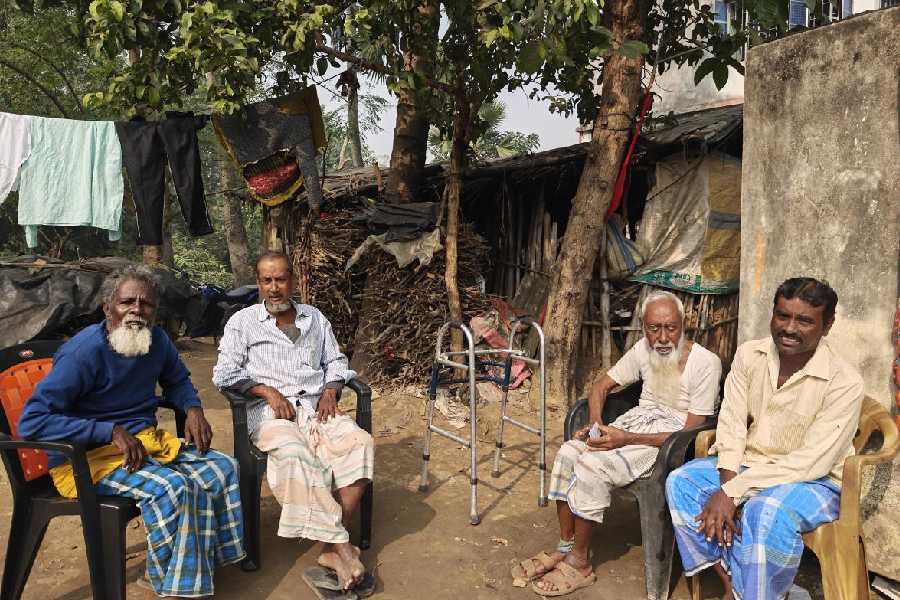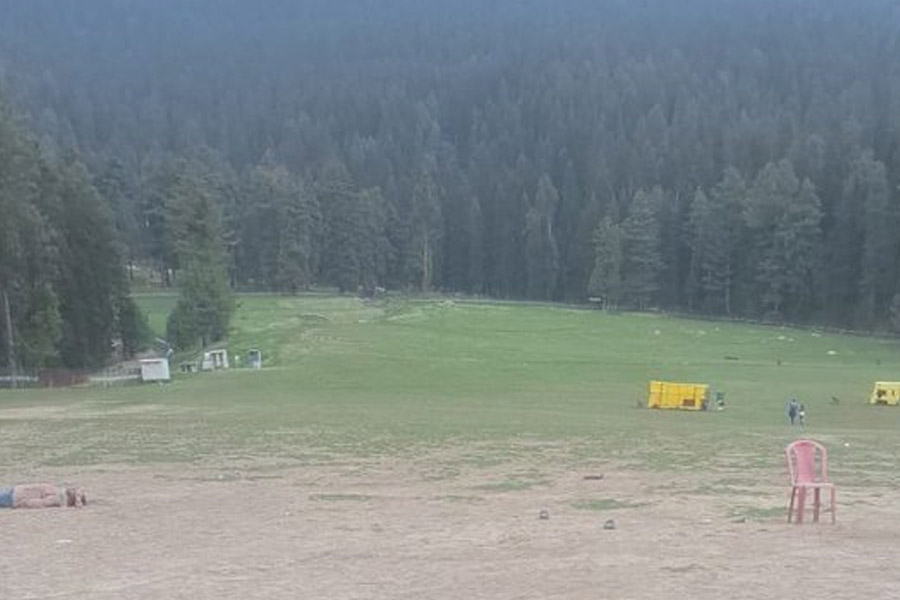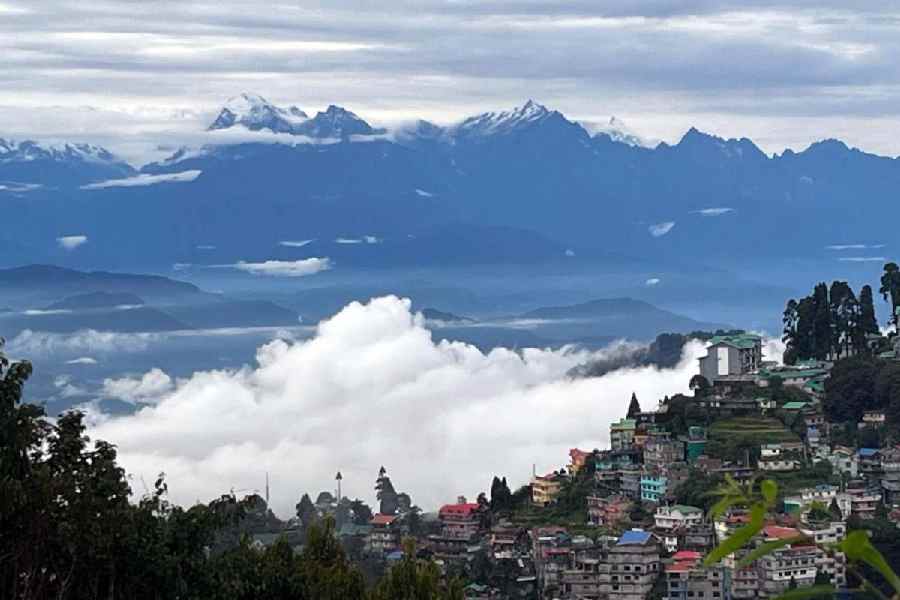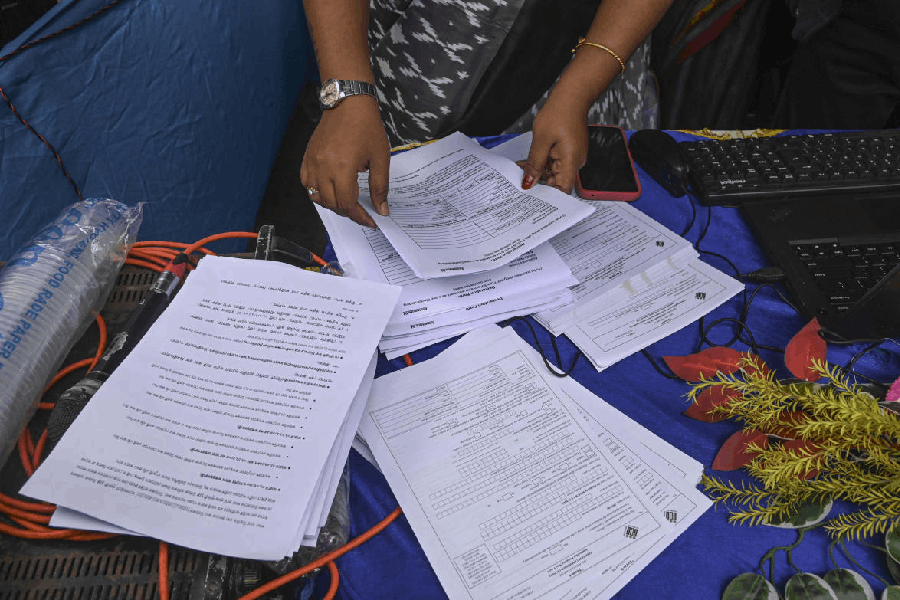The Siang Upper Multipurpose Project has been a cause for protest in Arunachal Pradesh for quite sometime. The indigenous Adi community, protesting the project in the hilly state, has felt vulnerable over the potential displacement of livelihood and expressed worry over the future of their cultural heritage and traditional farming practices.
On Tuesday, Union minister Kiren Rijiju stepped in to dispel fears and speak about the proposed 11,000 MW project and called it a "strategic necessity" for India's national security and a transformative opportunity for the state’s development.
Rijiju also warned people of China’s growing hydropower activity upstream of the Yarlung Tsangpo (Brahmaputra) river, including two large-scale dam projects - one near the Great Bend and another at Medog.
Why SUMP is important
The SUMP is a proposed mega-dam project on the Siang river in Arunachal Pradesh, intended not only for power generation but also to manage flood risks from water releases by China and to maintain the natural flow of the River.
“China has the engineering capacity to divert rivers, even build 1,000-km-long tunnels to drain water. That’s the level of risk we face,” the Union minority affairs and parliamentary affairs minister said.
Describing SUMP as a strategic countermeasure, Rijiju emphasised that under international law, once India begins its own project, China cannot stop or divert the flow of the river.
“This project is a matter of national interest. It is crucial not just for power generation, but also for flood control across Arunachal Pradesh, Assam, and even Bangladesh,” he said.
“For years, we struggled to bring investment into hydropower projects here. We had to plead, but no one came forward. But Prime Minister Modi changed that. He said India will invest and ensure Arunachal’s potential is realised,” Rijiju said.
A Rijiju promise
The MP of Arunachal West constituency acknowledged concerns raised by the indigenous Adi community about the dam and assured its members that their sentiments, cultural heritage, and traditional farming practices would be respected.
“Projects must go forward, but not at the cost of people's identity. Their culture, land, and livelihoods will be protected,” he said.
He also appealed to the local population to keep an open mind about the project.
The project, with an estimated installed capacity of 11,000 MW, is facing opposition from local communities due to concerns about displacement, livelihood loss, and environmental impacts.
“Some opposition may stem from misinformation or vested interests. These are our own people, we must engage with them and ensure they understand the long-term benefits,” Rijiju said.
"Jobs for youth, infrastructure, and economic growth - these will all come through hydropower. Arunachal Pradesh has no other major natural resource to fuel its development,” the minister added.
Rijiju also called for a balanced approach, saying development and conservation must go hand in hand.
Eye on renewable energy production
The Siang river flows into Arunachal Pradesh from Tibet, and is the main tributary of the Brahmaputra. The river is the site of the proposed 11,000 MW Siang Upper Multipurpose Project, touted to be India’s largest dam.
The SUMP is being executed by the National Hydroelectric Power Corporation (NHPC).
The Upper Siang Hydropower Project is a proposed hydropower development on the Siang River, known as the Yarlung Tsangpo in Tibet. It aligns with India’s goal to boost renewable energy production while addressing regional development and energy needs.
A collective call
A collective of 114 scientists, researchers and practitioners on Monday called for suspending all construction, surveys and pre-clearance activities related to the proposed Siang Upper Multipurpose Project in Arunachal Pradesh, citing its ecological, cultural, and socio-political risks.
Residents of the region have been opposing the project for several years. Members of the Adi tribe, who live in the Siang basin, claim that the project poses a threat to their lands and their way of life.
30 rights groups across the country called on the state government to stop activities related to the construction of the dam, and remove armed forces from the area with immediate effect.
"We have seen the massive destruction caused by dams in Uttarakhand and Sikkim. If we allow the big dams, our villages here and down the hills will be submerged and there may be large-scale displacements," said the protester belonging to the Adi tribe.
The Chinese government approved the construction of the hydropower project in the lower reaches of the Yarlung Zangbo river, the Tibetan name for the Brahmaputra. It is expected to generate more than 300 billion kWh of electricity each year – enough to meet the annual needs of over 300 million people.











